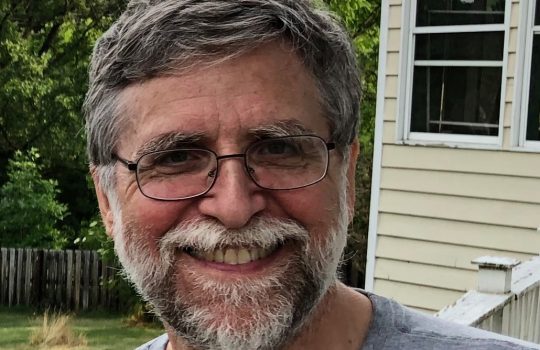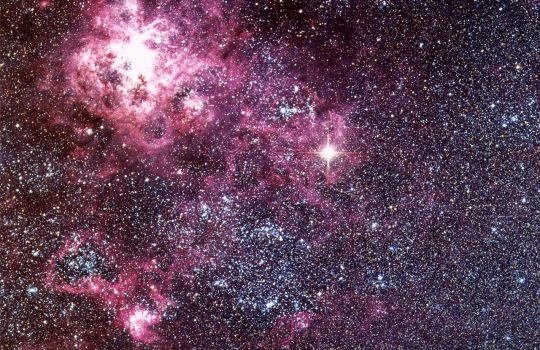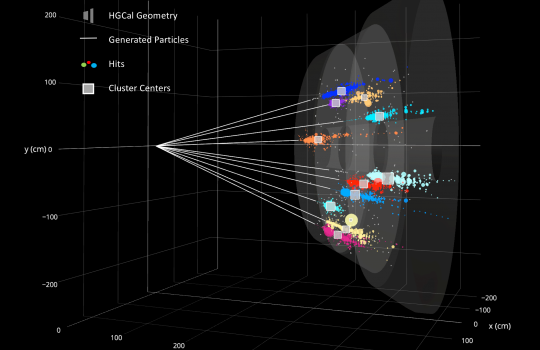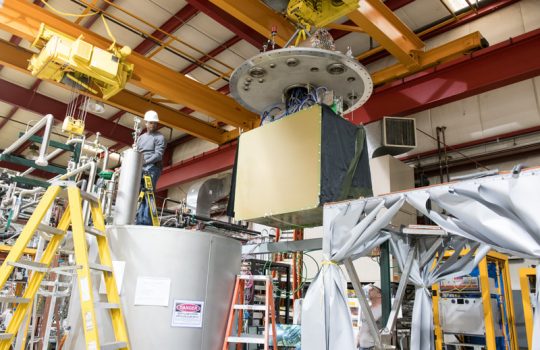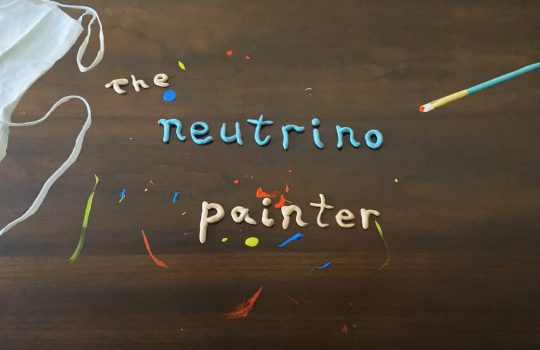Laboratories celebrate dark matter research with worldwide event
Fermilab joins the global celebration of Dark Matter Day. Hear from Fermilab scientists during a special webinar on Saturday, Oct. 31, at 1 p.m. CT. Take a virtual tour of the lab’s dark matter experiments and detectors, and learn how Fermilab is helping answer questions about the mysterious stuff that makes up 25% of our universe.


